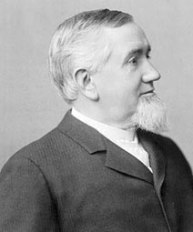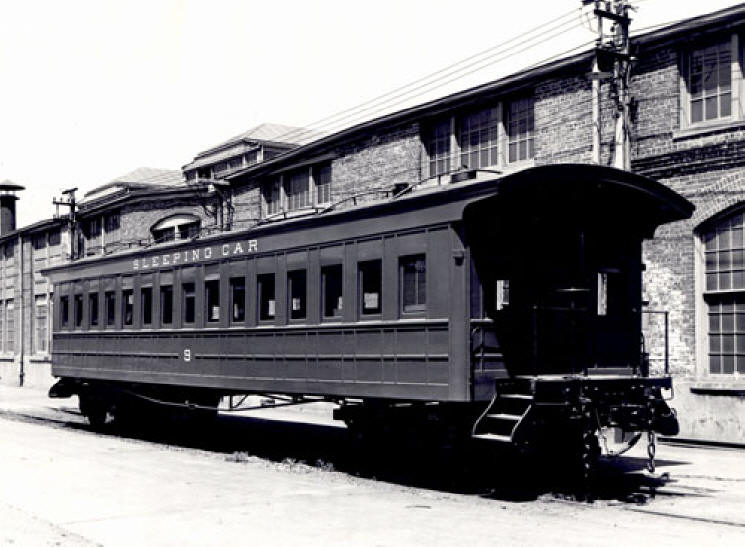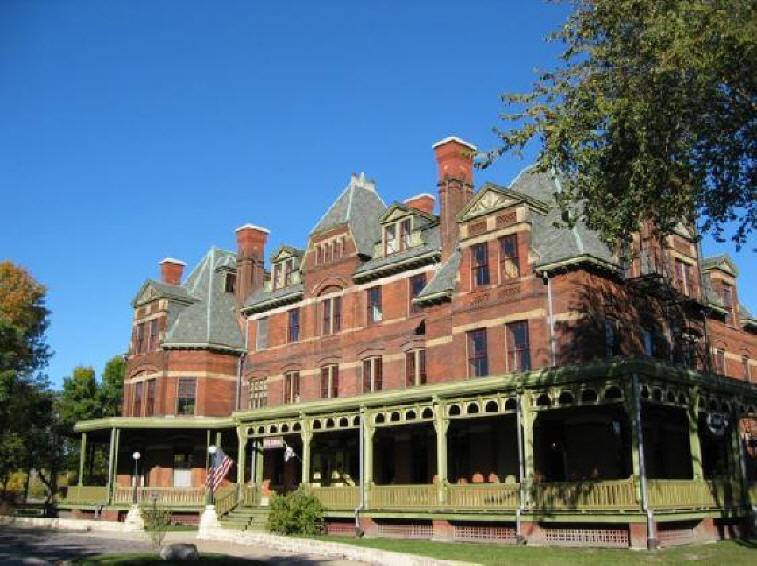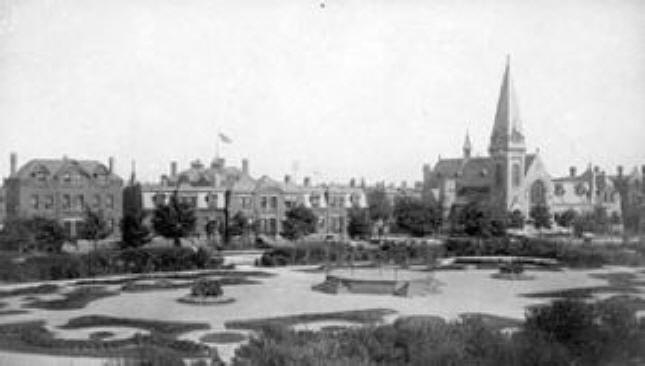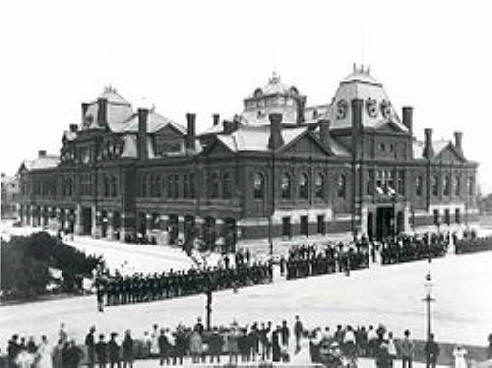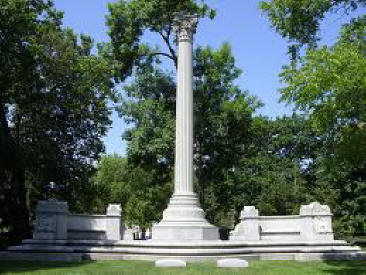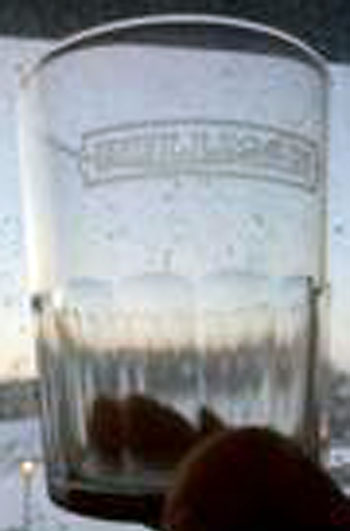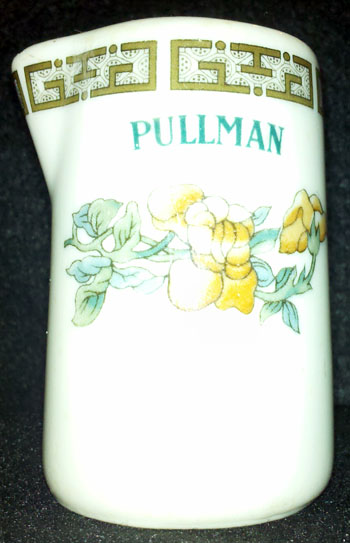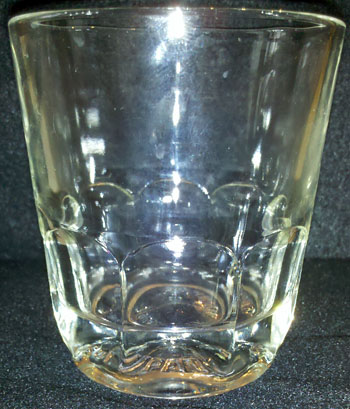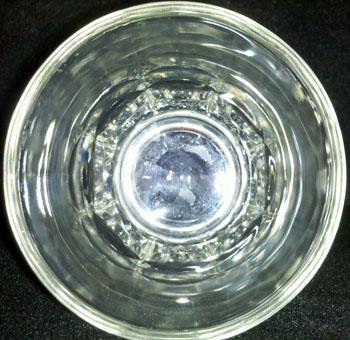|
Vol. 6, No. 5, Wednesday January 5, 2011
|
||||||||||
| by dick bales | ||||||||||
It’s a long story, but I almost wrote a book on George Pullman and
his Pullman Palace Car Company. The book deal fell apart, but my
interest in George Pullman (above, left), his company, and the town that bears his
name (Pullman, Illinois) has remained to this day.
George Pullman died of a heart attack on October 18, 1897. Hatred
for the man remained even after the Pullman Strike had ended.
Fearing that angry employees would break into his grave and
desecrate his body, Pullman left written instructions for how he
should be buried.
Pullman was laid to rest at night in Chicago’s Graceland Cemetery.
Pursuant to his wishes, workers dug a hole thirteen feet long, nine
feet wide, and eight feet deep. A concrete slab, eighteen inches
thick, lined the bottom of the grave. He was buried in a lead-lined casket, which was wrapped in tarpaper and coated with asphalt an inch thick. Once the casket was in the grave, a steel cage was placed around the casket. Then several tons of concrete were poured into the hole.
The original Pullman Palace Car Company was organized in 1867. It
was reorganized as The Pullman Company in 1900, which was again
reorganized as Pullman, Inc., in 1927.
George Pullman is gone. In a way, his town is gone, too. Although the Pullman neighborhood has achieved national and state landmark status, it was annexed into the City of Chicago in 1889, and thus the town no longer exists as a separate municipality. But thankfully, Pullman glasses are still around, appearing occasionally on eBay. The Pullman Company whiskey glasses almost always are the subject of fierce eBay bidding. I own two clear glasses; I had a light green beauty once, but I foolishly gave it to my younger son when he was a senior in college. (I told him that if he was going to drink, at least he should drink in style.)
Thankfully, he loves the glass almost as much as
I do. |
||||||||||
|
If you would like to comment on "The Common Stuff", please post it but you can also contact Dick Bales directly at BalesD@CTT.com |
||||||||||
|
Copyright © 2011 pre-pro.com. All rights reserved. |
